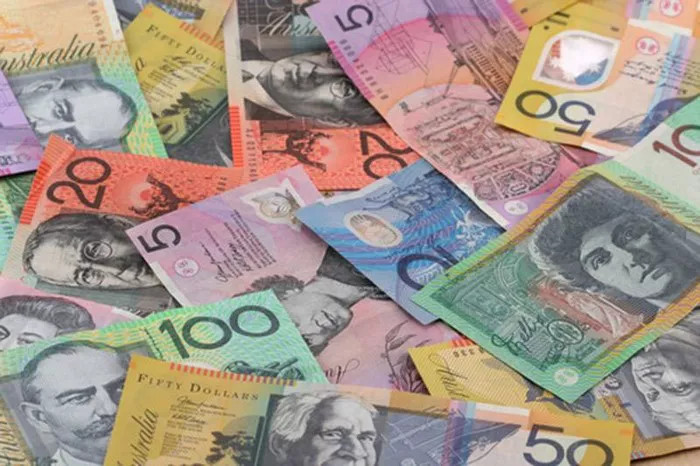The Australian dollar, a key player in the global financial landscape, is subject to fluctuations that can significantly impact the country’s economic conditions. A scenario where the Australian dollar strengthens against other currencies raises both opportunities and challenges for various sectors. In this article, we will delve into the multifaceted consequences of an increase in the value of the Australian dollar.
Export Sector:
One of the most immediate and noticeable impacts of a stronger Australian dollar is on the country’s export sector. A rising currency makes Australian goods and services more expensive for foreign buyers. This, in turn, can lead to a decline in demand for Australian exports, affecting industries such as mining, agriculture, and manufacturing. Exporters may find it challenging to remain competitive in the global market, potentially resulting in decreased revenue and profitability.
Conversely, sectors that rely heavily on imported raw materials or components may benefit from a stronger Australian dollar, as their purchasing power increases. This can lead to cost savings, potentially boosting profit margins and overall competitiveness.
Tourism Industry:
A stronger Australian dollar may have contrasting effects on the tourism industry. On one hand, a higher currency value makes Australia a more expensive destination for foreign tourists, potentially leading to a decline in international visitors. Conversely, Australian residents may find overseas travel more affordable, leading to an increase in outbound tourism.
Tourism-dependent regions may experience economic challenges if a decline in international visitors occurs. However, other sectors, such as domestic tourism and related services, may thrive as Australians choose to explore their own country.
Inflation and Interest Rates:
The relationship between currency strength and inflation is complex. A stronger Australian dollar can contribute to lower import prices, potentially reducing inflationary pressures. This, in turn, may influence the decisions of the Reserve Bank of Australia (RBA) regarding interest rates.
Lower inflation could provide the RBA with room to implement accommodative monetary policies, such as lowering interest rates to stimulate economic activity. However, the central bank must balance the benefits of lower inflation with the potential negative impacts on other sectors, such as housing, where lower interest rates may contribute to increased property prices.
Foreign Debt and Investment:
A strengthening Australian dollar can impact the country’s foreign debt and investment dynamics. For Australia, which has historically been a net borrower in international financial markets, a stronger currency may reduce the cost of servicing foreign debt. This could alleviate some pressure on the government and businesses that have borrowed in foreign currencies.
On the flip side, a stronger currency may deter foreign investors looking for higher returns, as the returns in Australian dollars may seem less attractive when converted back to their home currency. This may affect capital flows into the country, impacting the stock market and various investment sectors.
Employment and Economic Growth:
The employment landscape in Australia can be influenced by changes in the value of the Australian dollar. Export-oriented industries experiencing a decline in demand may be forced to cut costs, potentially leading to job losses. Conversely, industries that benefit from a stronger currency, such as those reliant on imported inputs, may see growth and job creation.
The overall impact on employment and economic growth will depend on the net effect of these opposing forces. Policymakers may need to implement targeted measures to support affected industries and ensure a balanced economic outcome.
Government Budget and Fiscal Policy:
A stronger Australian dollar can have implications for the government’s budget and fiscal policy. As export revenues decline due to reduced demand for Australian goods and services, the government may experience a decrease in tax revenues. This could pose challenges in maintaining fiscal balance and funding essential services.
Governments may need to reassess their fiscal policies in response to a changing economic landscape, potentially implementing measures to stimulate growth in affected sectors or introducing austerity measures to control budget deficits.
See Also Is Now the Right Time to Invest in Australian Dollars?
Conclusion:
In conclusion, a strengthening Australian dollar is a double-edged sword with both positive and negative consequences. While certain sectors may benefit from increased purchasing power and cost savings, others may face challenges due to reduced competitiveness in the global market. Policymakers must carefully navigate these complexities, implementing targeted measures to support affected industries and ensure a balanced economic outcome. As the global economic landscape continues to evolve, monitoring and adapting to currency fluctuations will remain a crucial aspect of Australia’s economic management.


